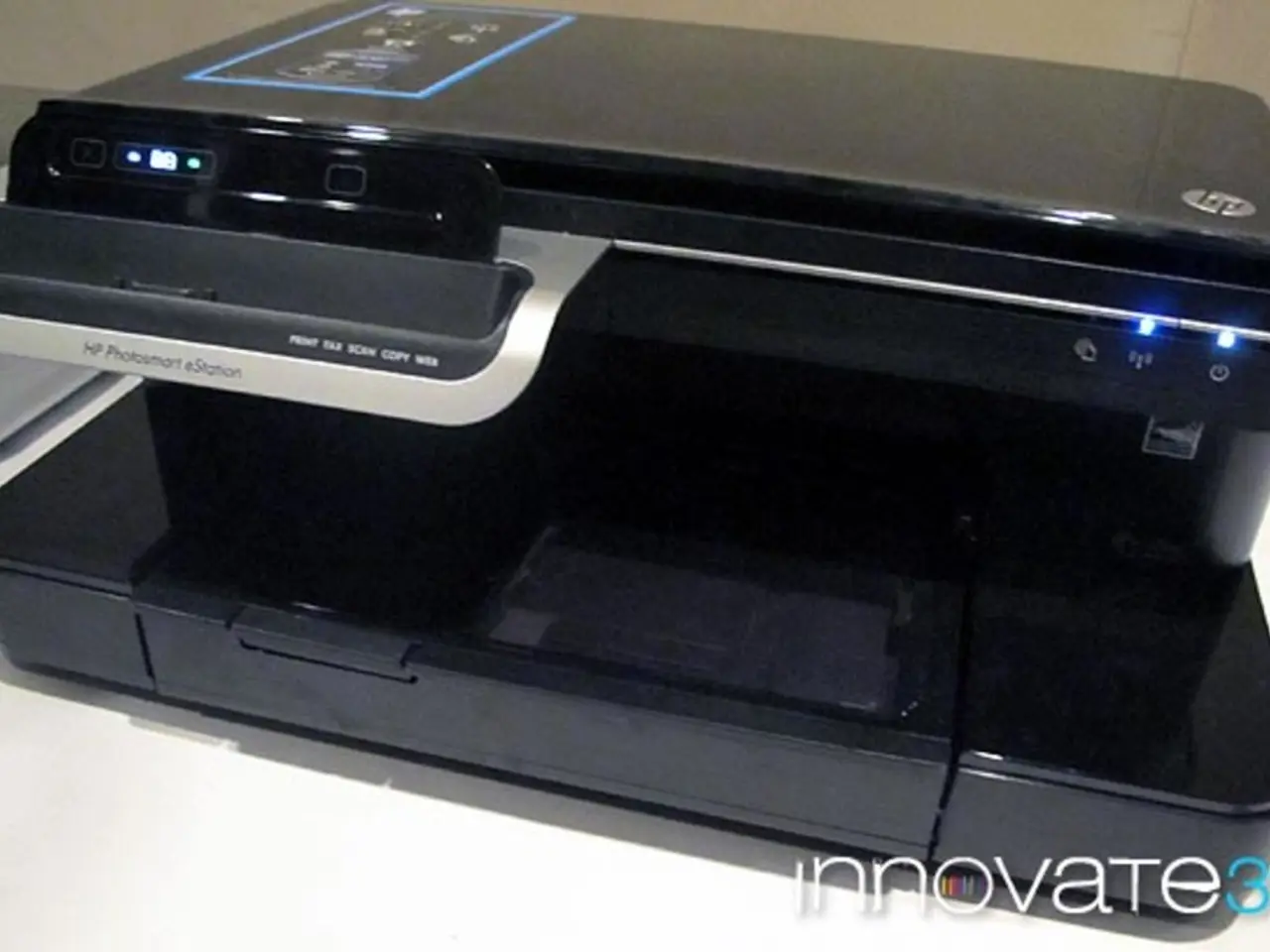Pushing boundaries in fabrication: the merging of premium optics and advanced motion technology
In the ever-evolving world of technology, SmarAct GmbH is making significant strides in shaping the future of additive manufacturing at the nanometer scale. This German company has been a trusted partner to leading technology companies for over 20 years, contributing to the development of this cutting-edge field.
SmarAct's unwavering innovation drive is a key factor in this advancement. Their solutions cover various movement tasks in the machine, including the precise focusing of optics when changing objectives. This high-end motion system is setting new standards in additive manufacturing for precision.
The heart of SmarAct's innovation is the NanoPro VT platform, developed in collaboration with UpNano. This platform offers a unique advantage: the direct integration of optical, microfluidic, and semiconductor-based functional elements in a single manufacturing step. This integration shortens development cycles, increases design freedom, and creates space for new functionalities.
Two-photon polymerization (2PP), a stereolithography method used in 3D printing, is at the core of the NanoPro VT platform. In this process, raw material is cured by absorbing optical radiation. The platform's ability to print highly complex structures directly onto sensitive substrates is a notable feature.
Moreover, the NanoPro VT platform can print entire semiconductor wafers, expanding application possibilities to include chip-level optics, microfluidics, and more. It also allows for industrial-scale production of filigree structures using additive manufacturing.
One of the most significant advancements of the NanoPro VT platform is voxel tuning. This feature significantly increases the dynamics of voxel size, offering greater control over the printing process. For printing, microscope objectives with strong magnifications are used, which have a very small working field to capture the enormous level of detail.
However, voxel size in 2PP has dramatic consequences for print time, with a smaller voxel size leading to longer print times. To address this challenge, UpNano has developed a patented method called "Adaptive Resolution" to reduce print time of a structure from 16 days to 2.5 hours on the tabletop device NanoOne.
The NanoPro VT platform also features a five-axis system that enables highly precise movement in the plane, as well as easy tilting and height variation of the print bed to compensate for tiny unevenness in the print bed. This ensures consistent quality and precision in every print.
In 2021, it's clear that 3D printing has evolved from a niche innovation to a driving force in the manufacturing revolution. With companies like SmarAct GmbH leading the way, we can expect to see even more groundbreaking advancements in the field of additive manufacturing at the nanometer scale.
Read also:
- "Divine Protections Failed: Father Battling for Life After Flesh-Eating Bacteria Infection"
- Investigating the potential of a quantum gravimeter to uncover a primordial black hole hidden within the Earth's core.
- Sticky New Hydrogel Retains Rubber Duck on Rock During Crashing Ocean Surge
- Technology company Camgenium introduces mobile application aiding prostate cancer patients








